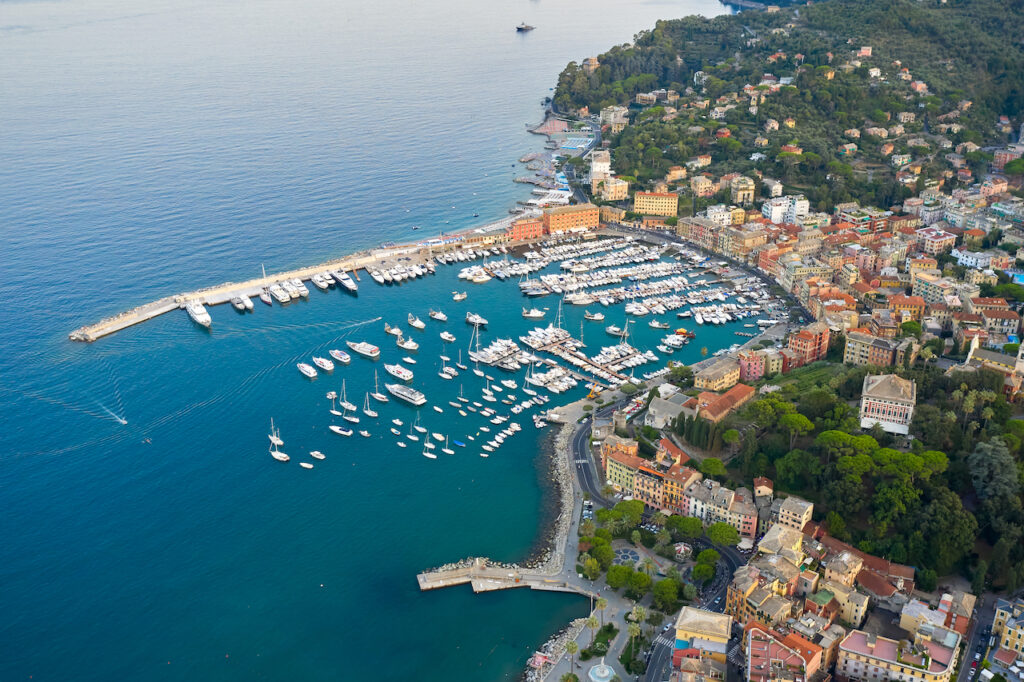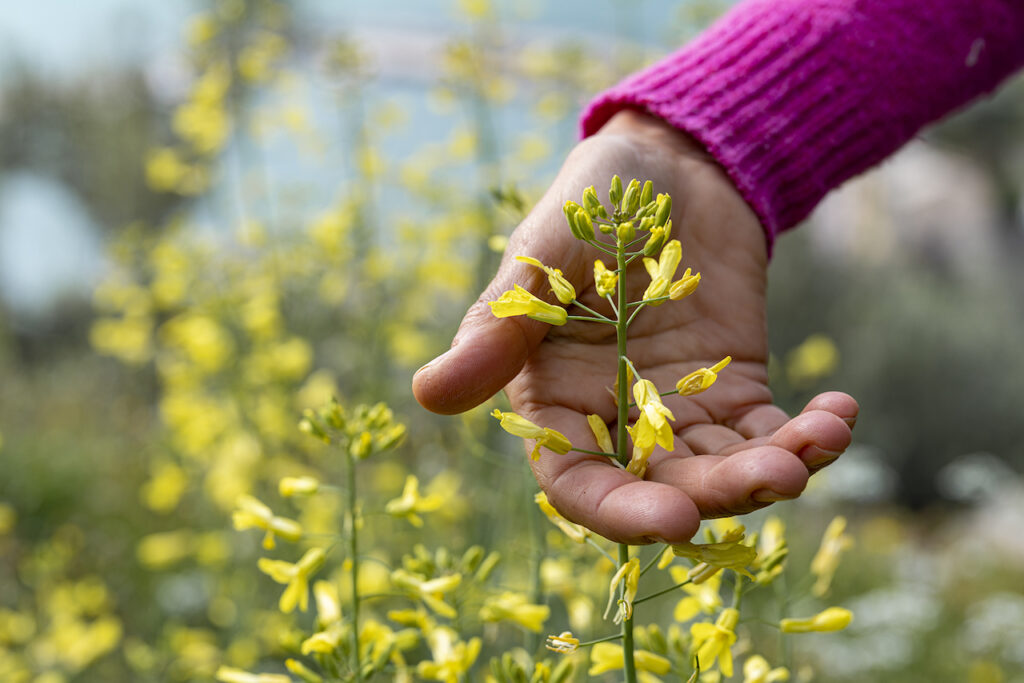Levante Ligure
What does Liguria di Levante mean?
Liguria is deeply, intimately, linked to the sea. To the sea, it owes all its fortunes. Liguria is divided into two parts, Levante and Ponente, which mean “east/” and “west”
Levante and Ponente are the Italian terms used by sailors to identify directions.
Ponente derives from the Latin ponĕre, which means “to put away”, and indicates where the sun sets. Levante comes from the Latin levare, “to raise/rise”, and indicates where the sun rises.
The Ligurian Riviera di Ponente is the stretch of coastline that extends west of Genoa, the Ligurian Riviera di Levante is the eastern part of the region, east of Genoa.
Specifically, the Ligurian Riviera di Levante extends from the eastern half of Genoa to the border with northern Tuscany. The Levante includes part of the province of Genoa and the entire province of La Spezia: some of Italy’s most beautiful seaside resorts are in this area.
Map of Liguria di Levante (eastern Liguria)
Riviera Ligure di Levante: major cities and towns
- La Spezia
- Portovenere
- Riomaggiore
- Manarola
- Corniglia
- Monterosso
- Moneglia
- Portofino
- Recco
- Zoagli
- Santa Margherita Ligure
- Sestri Levante
Discover more: visit this page for information on the most charming villages of the eastern Ligurian Riviera
Fishermen’s and seafront villages
Besides the Cinque Terre villages, the Riviera Ligure di Levante is famous for the seaside villages that rise east of Genoa, such as Camogli, Recco, S. Margherita, and Portofino, and near the Gulf of La Spezia, such as Portovenere, Lerici, Fiascherino, and Tellaro.

Inland villages
When you mention Liguria everyone pictures the sea, but there are wonderful places inland as well. Discover the inland by visiting this page.
Food and wine
The secrets of Ligurian cuisine
Like any self-respecting Italian region, Liguria’s character and history are mostly, and splendidly, expressed by its typical dishes, aromas, and flavors.
Ligurian cuisine stems from hard work and courage because growing fruit and vegetables and raising livestock in a rugged and wonderful patch of land such as ours, wind-beaten and lapped by the sea, is far from easy. Only the sea is sometimes generous: those who respect it are presented with anchovies, sardines, mussels, mackerel, tuna fish, sea bass, amberjack, and much more.
Ligurian cuisine is peasant fare, where special effects and exotic concoctions have no place, and traditional local flavors are enhanced and highlighted by hearty, genuine seasonal recipes. Fried stuffed anchovies, buridda, panissa, Portovenere mussels, and mesciua are among our most flavorful specialties.
Scents of Liguria
Liguria is a soulful land that awakens and ignites the senses. Its identity is rooted in the Mediterranean fragrances that sometimes make visitors feel as if they were on an island.
Our region is redolent with the scents of the Mediterranean maquis, its cistus, rosemary, arbutus, laurel, carob, pine, juniper, and myrtle. They’re all “pioneer plants” that grow among the rocks, but they’re edible too, and delicious when properly used in the kitchen. Basil is iconic, but sage and borage are very much beloved and valued as well. Learn more about the typical dishes of the Levante Ligure here.

Grapes and wine
Liguria’s wineries produce high-quality wines, but they’re not very well known. This is because they don’t make millions of bottles of the same wine, but only a limited number, generally linked to indigenous grape varieties and ancient cultivation techniques. Quality always comes before quantity. Hence, if you’re looking to sample some good Ligurian wine your best option is to come to taste it right here.
At the table, in homes, or restaurants, white wine plays the leading role. Vermentino (non-native), Rossese, and Pigato are the most popular grape varieties, alongside small-scale production of native grapes such as Bosco, which is used to make the famed Cinque Terre Sciacchetrà. Grand international varieties of red grapes, among which Grenache, Syrah, and Cabernet, are also common.
Heroic agriculture is in our DNA
Liguria has an ancient and heartfelt winemaking tradition: strongly influenced by nearby Piedmont and France, it carries centuries of adjustment to the local environment and refined farming techniques.
First and foremost: here, farming, especially on the steepest slopes where one cannot use mechanical devices, is pure heroism. It’s an activity that testifies to the farmers’ love for this land, and the ability of man to adapt. Hence, farming produces unique products and yields, a rare blend of flavor and knowledge.
Grape-growing is only possible thanks to our typical dry stone walls, an indispensable man-made feature essential for the survival of the seafront terraces. These low hand-crafted walls have redesigned the local landscape, fusing man-made scenery with the natural environment.
Learn more about the wines of Liguria and the Levante Ligure here.
Raw ingredients and recipes
The terraces, so valuable for vine growing, are also indispensable for vegetable gardens and olive groves.
Olive oil plays a key role in Liguria’s culinary tradition, and it gives all dishes an extra special something. It’s more than just a “dressing” ingredient, it has its distinctive flavor, a flavor that one notices only when it’s not there…. Olive oil is the secret ingredient that enhances all Ligurian dishes: a background note that highlights the authentic flavors of Liguria.
At Antica Osteria del Carugio, we pay close attention to the quality of the raw ingredients we use.
Our vegetables are all homegrown in our vegetable garden in Portovenere, as are the olives we use to make our olive oil. This way, we keep an ancient culinary tradition alive and daily enhance our dishes with the unique flavors that come directly from our soil.